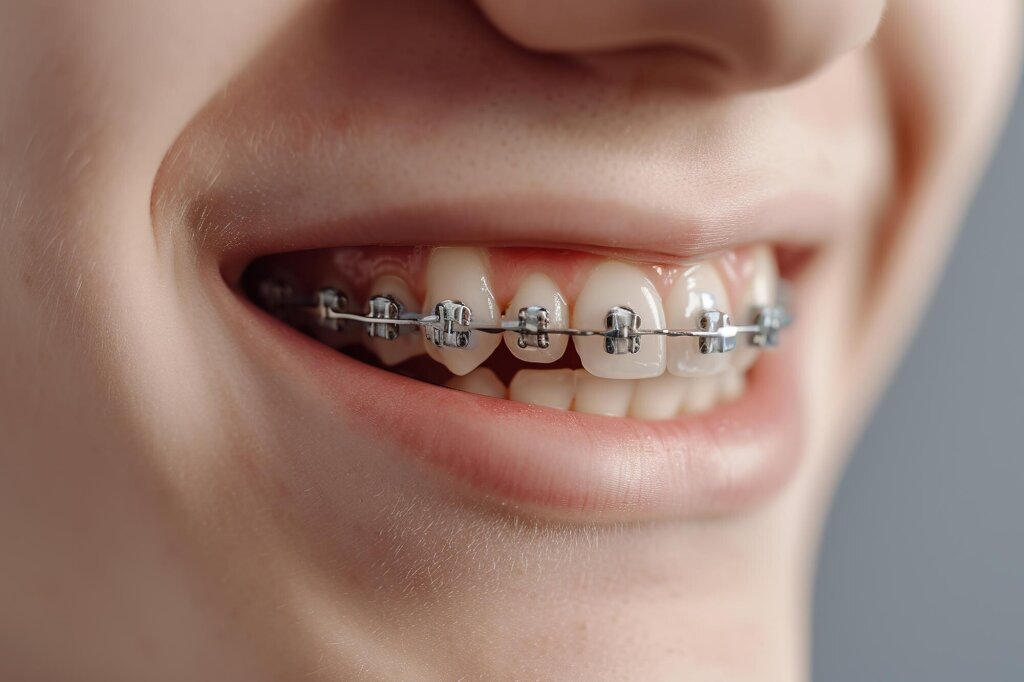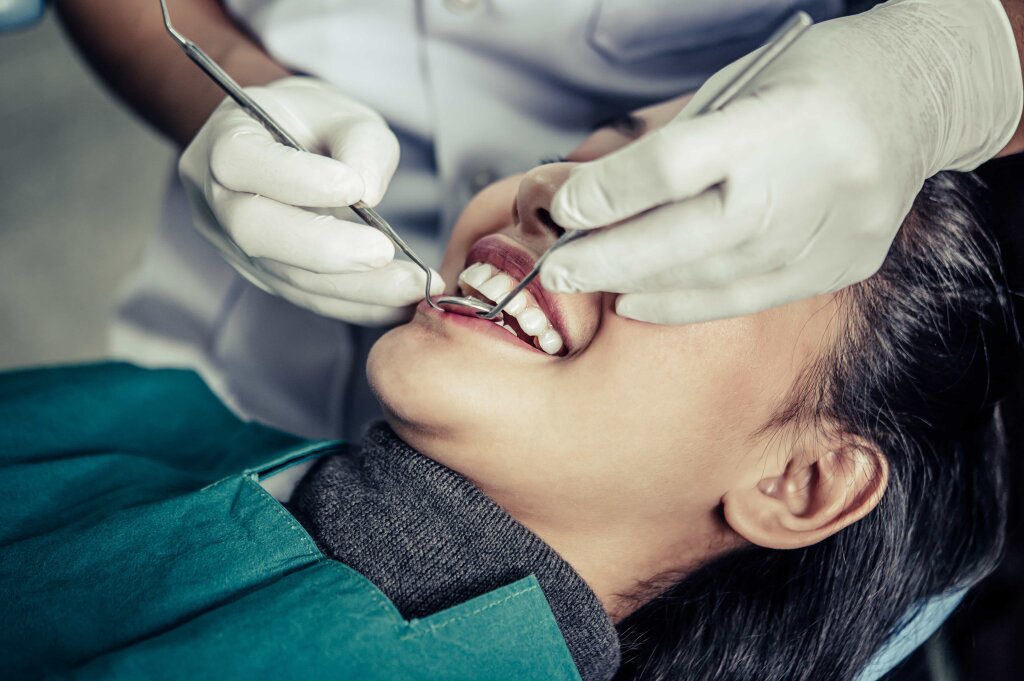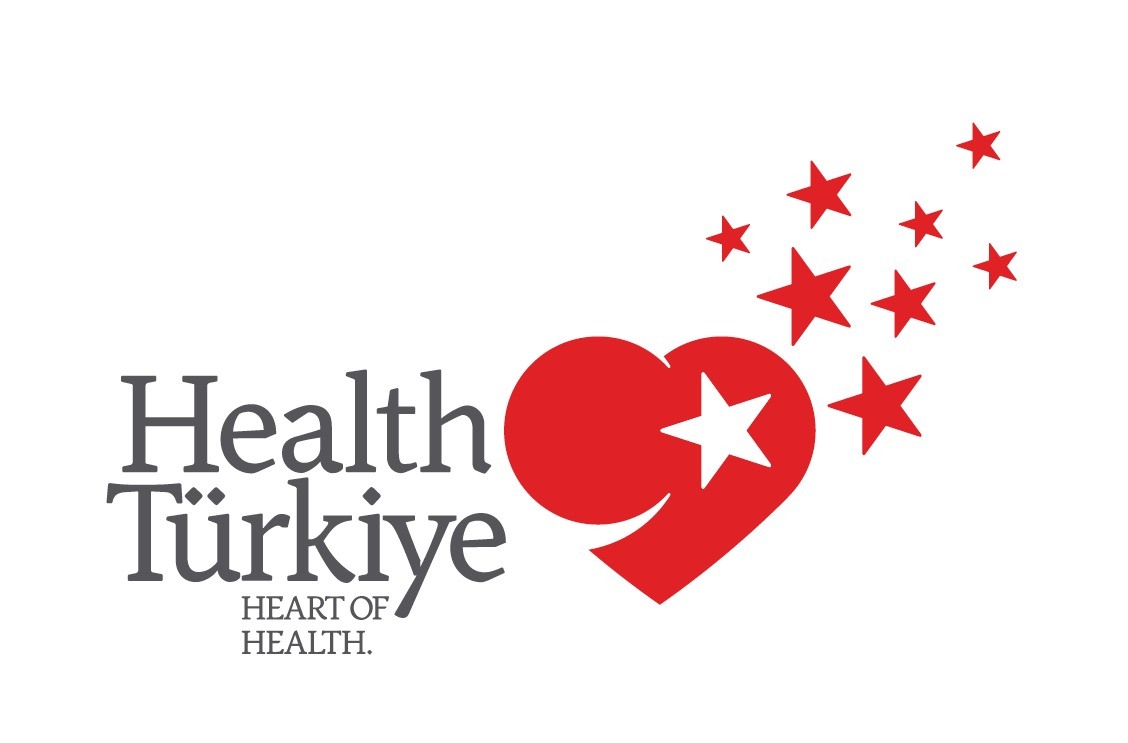Orthodontic disorders can arise from the misalignment of the jaw and teeth for various reasons. Problems such as the lower jaw being too far forward or backward require different treatment methods depending on the patient's age and the developmental stage of the jaw. While jaw misalignment in adolescents can be corrected with orthodontic techniques, skeletal disorders in adults may require a combination of orthodontic treatment and surgical intervention.
Functional disorders, such as the habit of breathing through the mouth, can cause jaw misalignment. In individuals who breathe through their mouths, the upper jaw remains narrow, forming a V-shaped structure.
Prolonged use of bottles and pacifiers, habits like thumb sucking, and nail biting can also lead to orthodontic problems. These habits should be prevented as early as possible because they play a crucial role in the completion of skeletal development.
Conditions such as having a tongue larger than normal or having gaps from missing teeth can cause spacing between the teeth. When the jaw is small and the teeth are large, the teeth do not fit in the jaw, resulting in crowding.
The early or late loss of baby teeth can also cause crowding. Permanent teeth that emerge in the place of prematurely lost baby teeth shift into the gap, preventing the proper eruption of other teeth, leading to crowding.
Treatment Methods for Orthodontic Problems
Orthodontic treatment methods vary according to the type of disorder and the patient's age. While orthodontic techniques may be sufficient for adolescent patients, surgical intervention may be necessary for adults. The treatment of functional disorders begins with the correction of causative habits. In patients who breathe through their mouths, orthodontic treatment is applied along with the treatment of the respiratory tract.
Preventing habits at an early age is critical for proper skeletal development. Family support and professional help should be sought to stop habits like thumb sucking and nail biting.
In treating mismatches between jaw structure and tooth size, orthodontic devices such as braces are used to direct the teeth to the correct positions. In cases of timely loss of baby teeth, space maintainers can be used to preserve the gaps.
For conditions such as an unusually large tongue, tongue training and, if necessary, surgical intervention are used to resolve the issue. Filling the gaps from missing teeth prevents spacing and ensures a proper dental structure.






